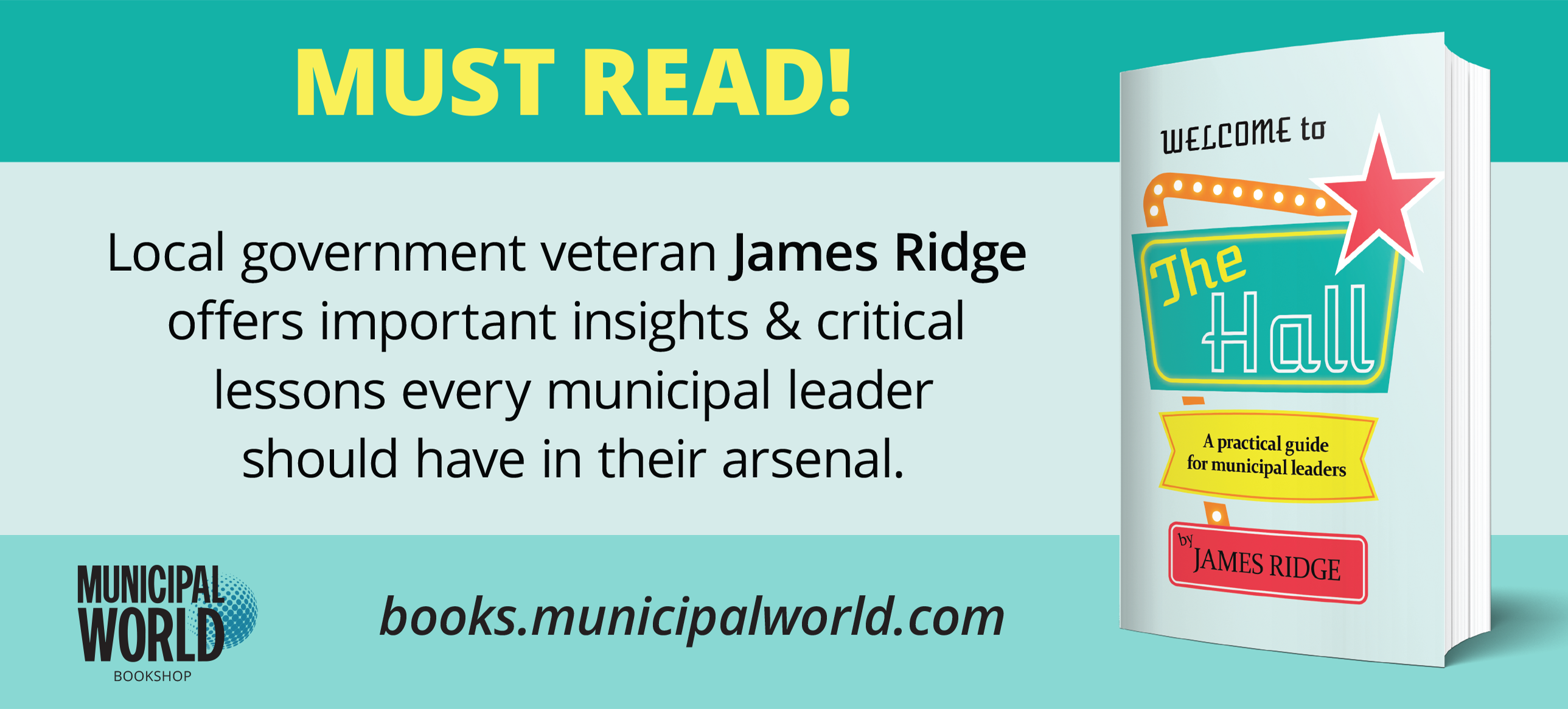Secrets of good asset management planning

Good asset management planning provides elected officials with a better understanding of community infrastructure challenges. While assets provide services that contribute to residential quality of life, simply knowing what you own is not asset management … asset management, done well, helps council know which assets need the most attention – and what’s coming up in the next few years.
At the 2019 Rural Ontario Municipal Association Conference in Toronto, three asset management experts spoke on the importance of making well-informed decisions when prioritizing local infrastructure.
Regular Asset Inspection Programs
Sal Zafar, Program Advisor, Federal Gas Tax Fund, AMO, recommended undertaking a regular inspection program based on condition monitoring – making decisions based on whether or not an asset is in poor condition. And, once there’s a list of assets in poor condition, the next step is identifying and prioritizing high risk assets.
Zafar noted that it’s important to ask questions during this process. These might include:
- Are we spending too much or too little on infrastructure?
- Do we understand community expectations and what taxpayers are willing to pay for?
- Is there a balance between investing in new infrastructure and maintaining old infrastructure?
- Are we missing key pieces of information (e.g., costs, risks, benefits, consequences, etc.) to identify service delivery priorities?
However, in order to best identify and prioritize these at-risk assets, organizations also need the right organizational culture.
Culture of Good Asset Management
Asset management not only varies significantly from municipality to municipality, it also cuts across all functions, says Sam Sidawi, Chair, Asset Management Ontario. It affects diverse stakeholders; requires planning for different time horizons; and has policy, data management, and organization culture and lifecycle management impacts. Creating a “culture of good asset management” means delivering good service and being mindful of the taxpayer, as well as giving them good value, he noted.
Local governments with successfully implemented asset management plans, said Zafar, will have:
- staff and elected officials who understand the needs and benefits of asset management;
- clarity on communication expectations and corporate priorities, as well as project alignments;
- the required data on expenses to support decision making; and
- a culture that encourages teamwork and integration across departments, as well as throughout the organization.
People in Asset Management
Overall, asset management is about the people, says Donna Herridge, Executive Director, Municipal Finance Officers’ Association of Ontario. Asset management planning is an ongoing process, she noted, describing it as a “snap shots of a point in time.”
“It’s an intricate part of defining our communities,” said Herridge. “And, operationalizing asset management involves people working together.” MW
Cassidy Meath is Assistant Editor for Municipal World. After receiving their graduate certificate in Publishing: Book, Magazine, Electronic from Centennial College, Cass gained experience in editing, proofreading, and fact checking through their work with John Wiley & Sons and tbk Creative.
Related resource materials:



